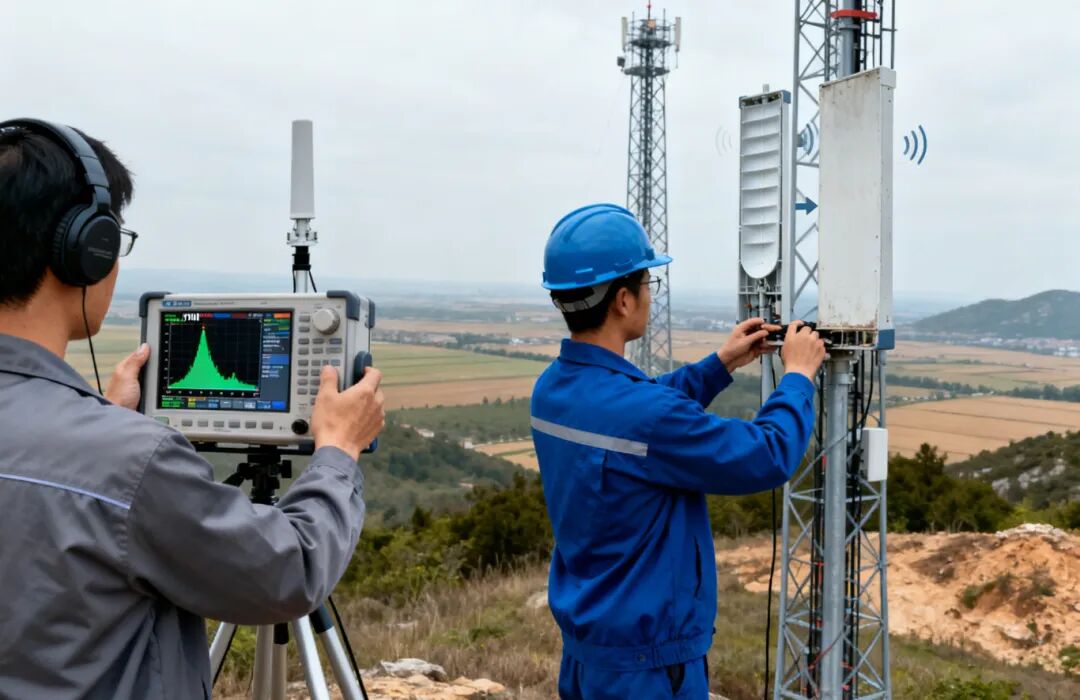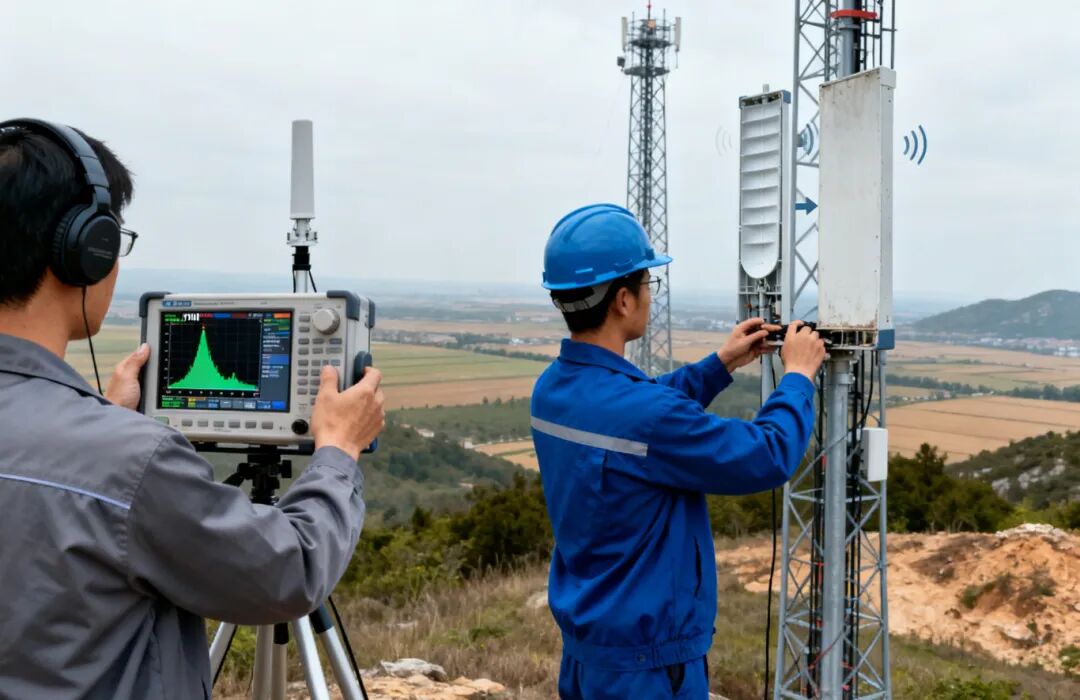-
 Optimizing Network Performance with Cutting-Edge Base Station Antennas
Feb , 15 2025
Optimizing Network Performance with Cutting-Edge Base Station Antennas
Feb , 15 2025
As wireless technology advances, base station antennas play a crucial role in ensuring seamless connectivity for 5G, LTE, and private networks. These antennas are responsible for transmitting and receiving signals efficiently, enabling reliable communication in both urban and rural environments. With the rise of 5G networks, base station antennas must support higher frequencies, wider bandwidths, ...
View more
-
 Common waveguide components: waveguide terminals
Mar , 18 2025
Common waveguide components: waveguide terminals
Mar , 18 2025
2. Waveguide Terminals 2.1 Performance Characteristics Key electrical parameters include frequency range (determined by waveguide dimensions), VSWR, and input power handling. Physical attributes like size, weight, and material selection (e.g., corrosion-resistant plating) are equally vital. Thermal management strategies vary: 2.2 Materials and Applications A waveguide terminal typically consists o...
View more
-
 5G-Advanced Accelerates New Requirements for In-building RF Infrastructure
Apr , 28 2025
5G-Advanced Accelerates New Requirements for In-building RF Infrastructure
Apr , 28 2025
As 5G-Advanced (5G-A) technology emerges, it brings higher speeds, lower latency, and smarter network capabilities, reshaping expectations for in-building wireless systems. Modern facilities—such as offices, airports, and hospitals—now require more advanced Distributed Antenna Systems (DAS) capable of supporting higher frequency bands and broader bandwidths. Traditional infrastructure must evolve....
View more
-
 Yagi Antenna: Key Advantages and Primary Applications
May , 16 2025
Yagi Antenna: Key Advantages and Primary Applications
May , 16 2025
Key Advantages of Yagi Antennas: High Gain and Directivity Yagi antennas are highly directional, focusing radio frequency (RF) energy into a narrow beamwidth. This directional radiation pattern allows for significant gain (typically 8–15 dBi), making them ideal for long-distance communication. The focused beam minimizes interference from unwanted directions, improving signal-to-noise ratios. Cost-...
View more
-
 What Is an RF Attenuator and Why It Matters in RF Systems
May , 21 2025
What Is an RF Attenuator and Why It Matters in RF Systems
May , 21 2025
In the world of wireless communications, signal integrity and system protection are paramount. An RF attenuator plays a crucial role in both areas. Whether you’re working in a lab environment, designing a base station, or setting up an indoor DAS system, RF attenuators help manage signal strength and ensure long-term reliability. What Is an RF Attenuator? An RF attenuator is a passive component de...
View more
-
 Can't understand high gain rf antenna parameters? How to avoid being misled by suppliers?
Nov , 22 2025
Can't understand high gain rf antenna parameters? How to avoid being misled by suppliers?
Nov , 22 2025
In the telecommunications industry, antennas are a type of product that "look similar but vary greatly in performance." Specification tables often fill an entire page, but people from different industry backgrounds interpret these indicators completely differently. Many engineers and purchasing personnel often encounter a dilemma: suppliers explain things convincingly, but on-site testing reveals ...
View more
-
 Can't understand high gain rf antenna parameters? How to avoid being misled by suppliers?
Nov , 22 2025
Can't understand high gain rf antenna parameters? How to avoid being misled by suppliers?
Nov , 22 2025
In the telecommunications industry, antennas are a type of product that "look similar but vary greatly in performance." Specification tables often fill an entire page, but people from different industry backgrounds interpret these indicators completely differently. Many engineers and purchasing personnel often encounter a dilemma: suppliers explain things convincingly, but on-site testing reveals ...
View more
-
 Can't understand high gain rf antenna parameters? How to avoid being misled by suppliers?
Nov , 22 2025
Can't understand high gain rf antenna parameters? How to avoid being misled by suppliers?
Nov , 22 2025
In the telecommunications industry, antennas are a type of product that "look similar but vary greatly in performance." Specification tables often fill an entire page, but people from different industry backgrounds interpret these indicators completely differently. Many engineers and purchasing personnel often encounter a dilemma: suppliers explain things convincingly, but on-site testing reveals ...
View more
 Common waveguide components: waveguide terminals
Mar , 18 2025
Common waveguide components: waveguide terminals
Mar , 18 2025
 Can't understand high gain rf antenna parameters? How to avoid being misled by suppliers?
Nov , 22 2025
Can't understand high gain rf antenna parameters? How to avoid being misled by suppliers?
Nov , 22 2025
 Can't understand high gain rf antenna parameters? How to avoid being misled by suppliers?
Nov , 22 2025
Can't understand high gain rf antenna parameters? How to avoid being misled by suppliers?
Nov , 22 2025